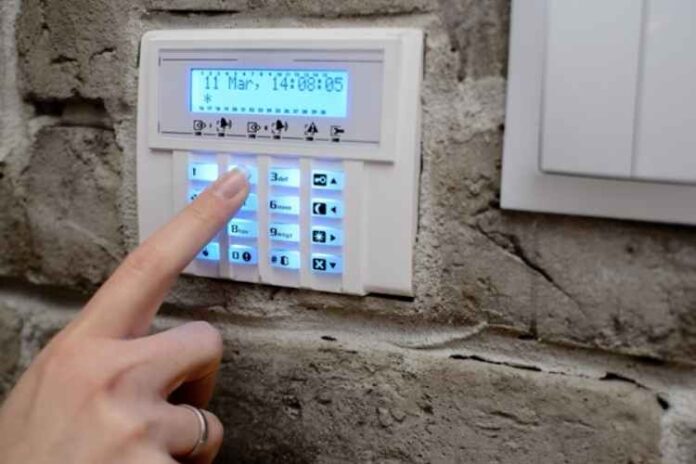Every year, there are around 156,300 preventable injury-related deaths at home, which highlights the importance of a home safety audit.
A yearly audit is crucial to protecting your household, extending the property’s lifespan, and giving you peace of mind. Although it sounds overwhelming, once you understand the basics, then it will run smoothly. Perhaps you’re not sure where to start with your home safety audit and you’re looking for tips.
Sounds like you? Don’t worry, you’ve come to the right place. Here’s how to conduct a home safety audit today.
Test Fire, Smoke, And Carbon Monoxide Alarms
Every smart homeowner should test their fire, smoke, and carbon monoxide alarms to prevent a disaster.
As a general rule, change the alarm batteries once a year and keep each alarm in the right place. For instance, there should be a smoke alarm in every room and dusted regularly.
Gather Basic Emergency Supplies
Anyone with homeownership should have a basic stash of emergency supplies, regardless of whether or not you’re in a storm-prone area. To be a safe homeowner, you should have enough water, non-perishable food, and enough basic supplies to last several weeks.
Make sure you keep your family records safe, have a backup flashlight, and a first-aid kit. And don’t forget to store critical prescriptions along with their expiry date to prevent further problems.
Check Your Home Surveillance
Whether or not you’ve got a sustainable home, it’s important to check your home video surveillance. Install a camera network that covers your entry and exit points so there are no potential blind spots.
You should also trim shrubs or trees around the area as it could block the camera. But aside from cameras, you should also have a reliable home alarm or sensor that you should test once a month.
Test For Radon
Every eco-friendly home should test for radon, a radioactive gas that can be present in the air. This is a byproduct of uranium and can be found in soil, which is why you should ask the local health department for free DIY kits. If there’s a high number present, then call a mitigation professional to recommend the next step.
Check Your Sump Pump
If you’re in an area prone to flooding, then checking your sump pump is crucial. Make sure there’s no debris and the pipe is clear so that the water can run freely. But if you’re concerned about flooding, then contact a reliable insurance provider like Better Flood for advice.
Further, homeowners should inspect their water heater to check it’s running smoothly. You can also consider insulating it as it reduces your utility bill.
Conduct A Home Safety Audit Today
Hopefully, after reading this article, you know how to conduct a home safety audit.
Start by testing the alarms, gathering emergency supplies, and checking your home’s current surveillance strategy. You should also test for radon and inspect the sump pump for peace of mind. Good luck!
Found this post helpful? Awesome! Then check out the rest of our blog.


